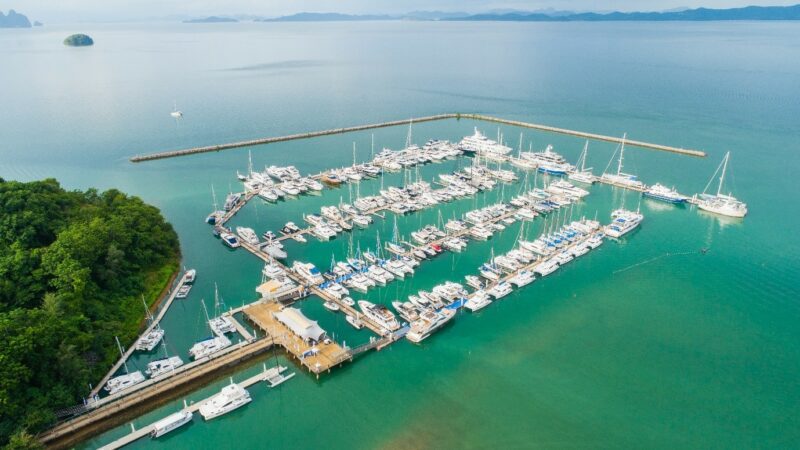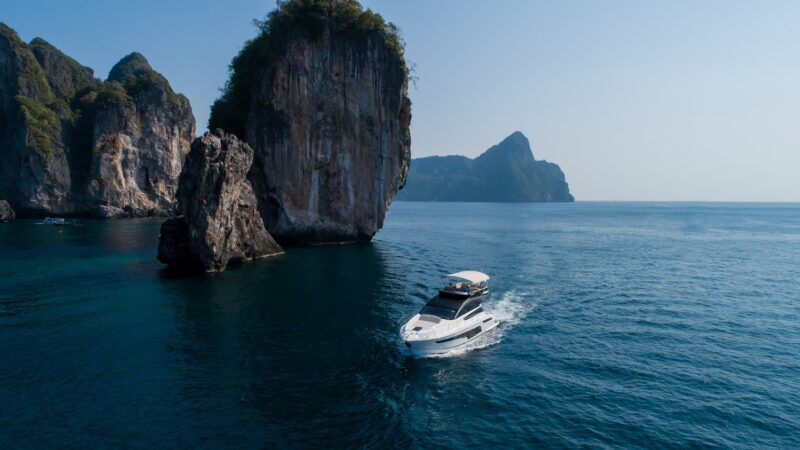


What could be more idyllic than cruising the crystal, calm waters surrounding exotic, inviting Thailand and spending time languishing in the glorious sunshine, sampling some of the most exquisite food on Earth? If it sounds like paradise, you would not be far from the mark, and it is no surprise that increasing numbers of yacht and superyacht owners choose to head to this enigmatic location to spend some time. But what are the practical necessities and implications of arriving in Thailand waters in a foreign vessel? This article gives you a breakdown of the steps to ensure you fully comply with the rules and regulations.
FIND A PLACE TO MOOR YOUR VESSEL
Your first decision should be whether you prefer a government-owned port, open to the general public, or a privately owned one.

ARRIVAL FORMALITIES
Although engaging an agent to assist with checking into the country is not essential, most official forms will be in Thailand, and many officers do not speak English. It is a disappointing, if understandable fact, that wild inconsistencies in the process and associated fees are to be expected depending on your arrival point.
A 6-month stay is permitted, and extensions totaling 30 months. All incoming and outgoing vessels must have an Automatic Identification System (AIS) that is always switched on. Failure to do so will result in a substantial fine, although checks can be sporadic.

CONTACT US
To learn more about us and our products and services, please take a few moments to browse Simpson Marine’s website. If you have any questions or comments you would like us to address, we will be happy to do so, and we can share details of our sensational range of yachts or provide friendly advice and guidance.
11th March 2024